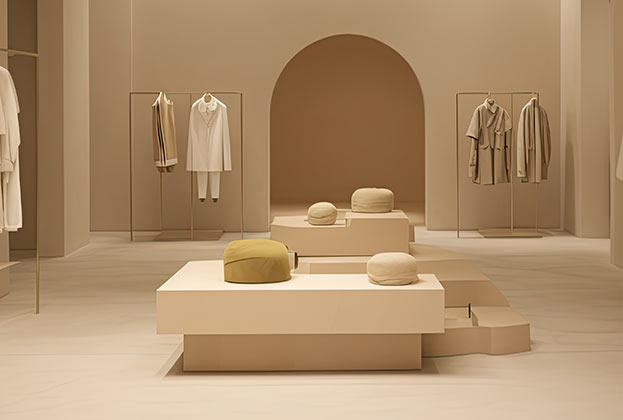Question: What do Bulgari, Gucci, Louis Vuitton, Zara, H&M, and Mango have in common? Answer: They are all European brands with prominence in Asia.
In recent years, there has been a massive influx of foreign brands that have set up boutiques in Asia. At first glance, this may sound like a typical expansion move, but a closer scrutiny reveals much more than meets the eye.
While reports disclose that the Eurozone economy has recently slowed down after a sterling recovery from the 2007 financial crunch, Asia’s economic expansion continues to surge with an unprecedented growth rate, “accounting for more than 60% of world growth…and 5.4% in 2019”, according to the IMF. This should not come as a surprise as data reveals that China and Japan, the world´s second and third largest economies, and India, ranking sixth, continue to grow, while the rest of the Asian countries performed favorably compared to last year, albeit with slight decreases, due to the US-China trade wars.
Sheer population size and appetite, plus the quaint shopping habits of Asians, make mall shopping still a thriving proposition.
With a young and fast-growing population, especially in India, Indonesia, and the Philippines, and flourishing middle class, Asia has enormous potential to be tapped. China, India, and Indonesia have a combined population of 3 billion people, a whopping figure that cannot be ignored by retailers and investors. Furthermore, a strong and growing middle class is tantamount to consumption, hence it does not surprise that consumer spending is thriving in Southeast Asia.
It is true, however, that a substantial volume of retail happens on line. For example, Alibaba reportedly outsold Amazon on its Singles Day, not to mention the proliferation of regional players like Taobao, Zalora, Wish, Shopee, and Lazada. Nevertheless, sheer population size and appetite, plus the quaint shopping habits of Asians, make mall shopping still a thriving proposition. For instance, Family Day is often equated to shopping day; hot Asian weather means cooling-off in malls, dates often meet up in shopping centres, and business meetings are often held in restaurants and coffee shops.
Moreover, tourism has become closely intertwined to shopping. Asia has always been a popular tourist destination with the western millennial generation and retirees, but in recent years, Korean youth and the newly affluent Chinese class have developed a voracious taste for Asian tours. Shopping has become an absolute must for these new generations of visitors. With affordable budget flights and accommodation, one can visit a couple of interesting countries, with shopping included in the tourists' agenda.
Commercial offering is not limited to fashion and luxury goods. Recently, Spain’s Lizarran has introduced its cuisine in Japan. After forays in Thailand and the Philippines, America’s Popeyes Louisiana Kitchen has struck a deal to open in China. New York’s Shake Shack has just opened in the Philippines. Canada’s Tim Hortons is in China.
what other types of products or services are irresistible to Asians? What is in demand in these countries?
Aside from food and fashion, what other types of products or services are irresistible to Asians? What is in demand in these countries? Is it European home decor, especially since the mass market homefront has been limited to IKEA in Hong Kong, Singapore, and the Philippines? How about appliances, fragrances, or midrange cosmetic products? How about knickknacks and home accessories such as the products sold in Dutch chain Hema and Danish store Flying Tiger Copenhagen?
A foreign expansion won’t always be plain sailing, even more so in Asia, because of cultural differences (customer noise between Spain and Japan is a world apart), language barriers (except English-speaking Burma, Singapore, and the Philippines), business dealings (business cards are held with supreme regard in Asia), and people’s sensitivity and mentality. It always entails difficulties, risks, compromises, and even substantial product tweakings. A lot of research work and analysis is needed, which requires strategic consultancy and creative marketing solutions.
Asia is a giant market and offers exciting opportunities for European brands. Despite local small-scale political unrest in some areas, it is a great bet for investments if one chooses their regional partners well. It can be a breakout alternative for aggressive brands due to its receptive market, inexpensive labor costs, and a friendly business environment. Given their innate love for food, fashion and shopping, as seen in malls and affordable local tourism, one can easily say that the Asian spending market is, in the long-term, a safer proposition than the real estate bubble and stock market vicissitudes.







.jpg)


